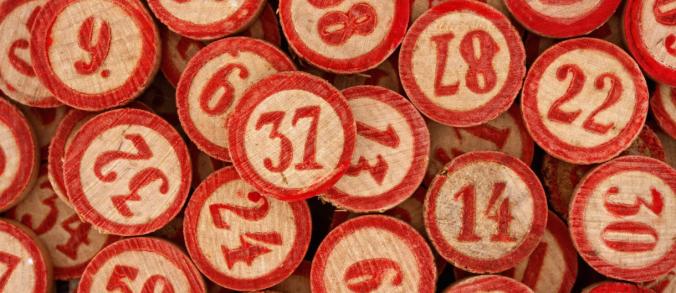The New York Times, March 9, 2015
Last month, a team of scientists announced what could prove to be an enormous step forward in the fight against H.I.V.
Scientists at Scripps Research Institute said they had developed an artificial antibody that, once in the blood, grabbed hold of the virus and inactivated it. The molecule can eliminate H.I.V. from infected monkeys and protect them from future infections.
But this treatment is not a vaccine, not in any ordinary sense. By delivering synthetic genes into the muscles of the monkeys, the scientists are essentially re-engineering the animals to resist disease. Researchers are testing this novel approach not just against H.I.V., but also Ebola, malaria, influenza and hepatitis.

